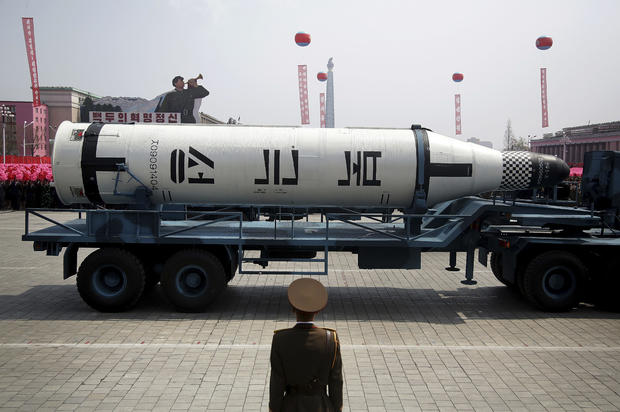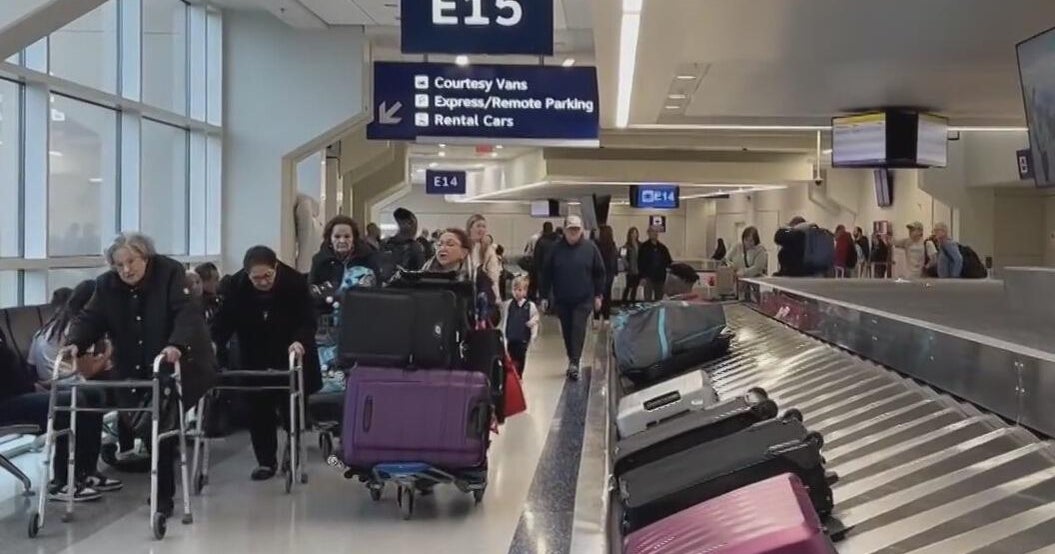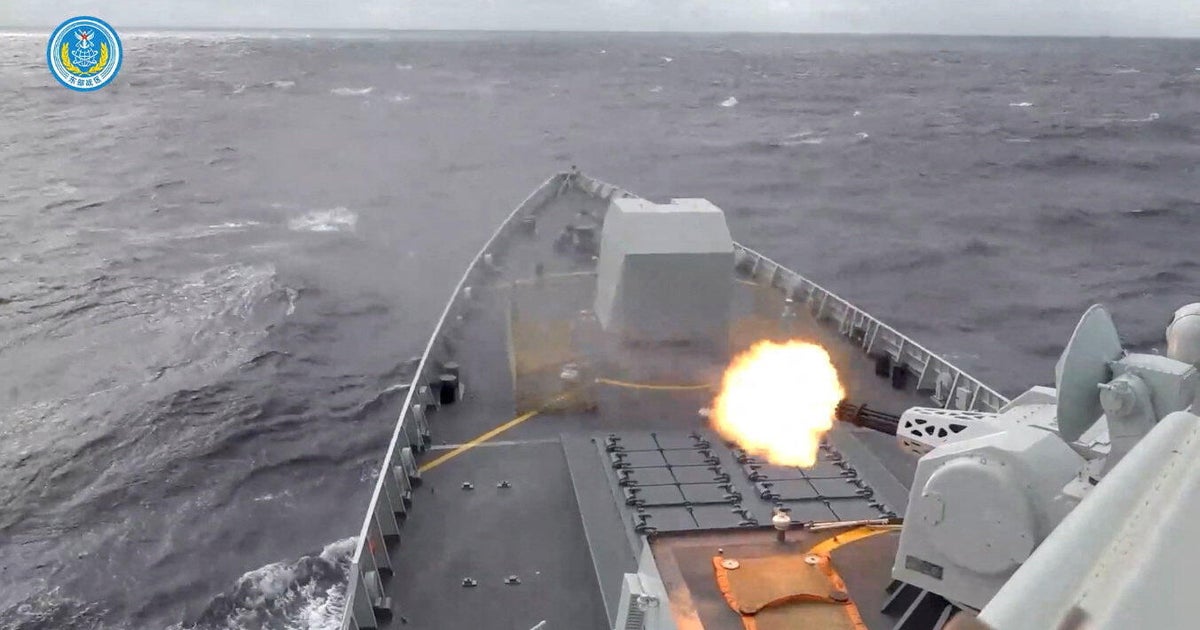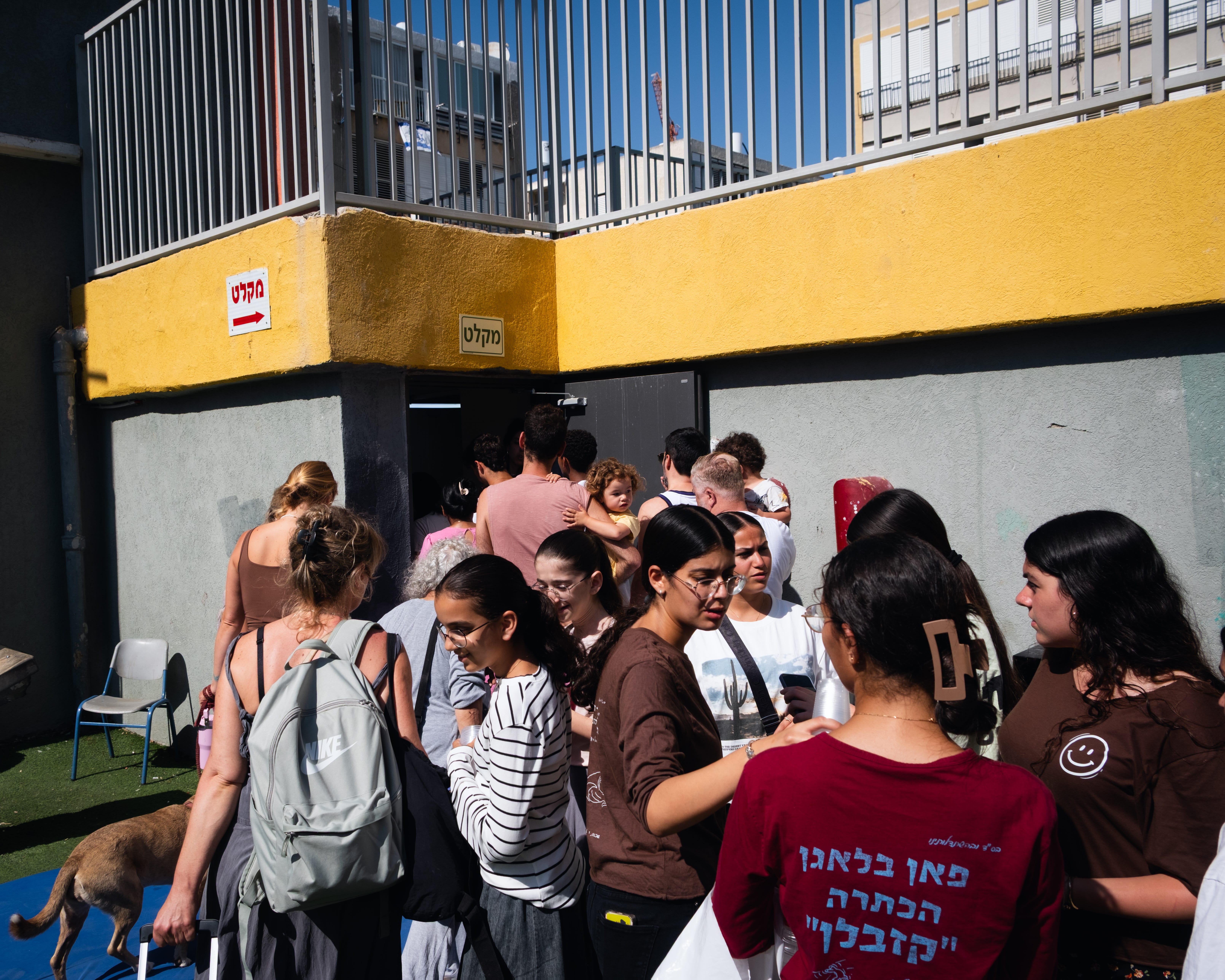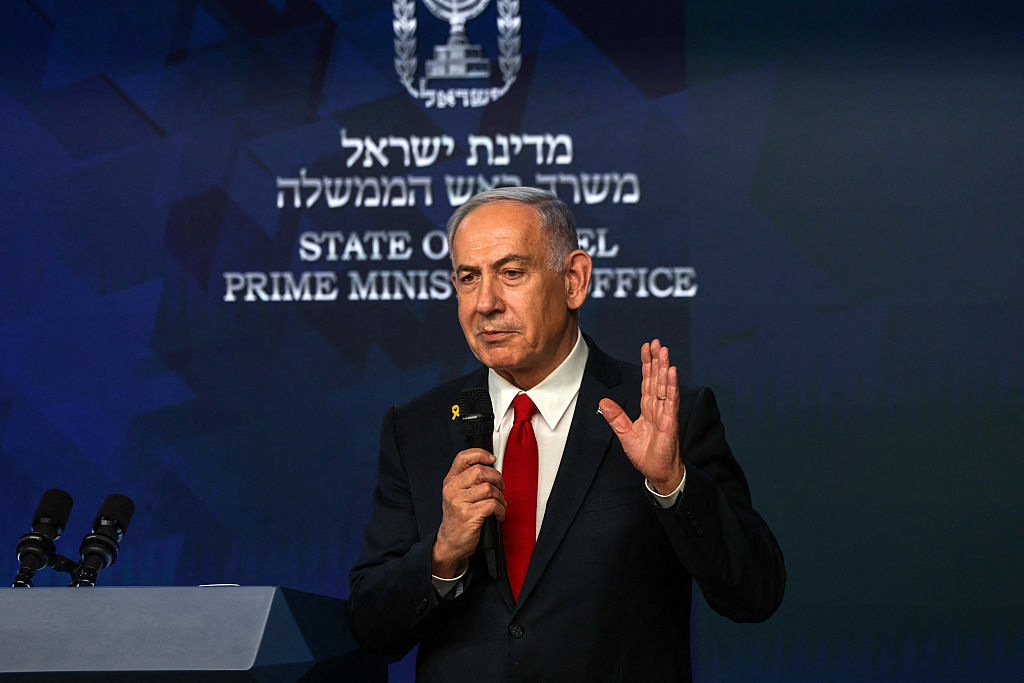Details on the missile in failed North Korea test
The missile that North Korea tested over the weekend is being called a KN-17 by U.S. intelligence, CBS News national security correspondent David Martin reports.
It is a liquid-fueled, medium-range missile launched from a rocket stand, not a mobile missile launcher, and is believed to be the same missile as one used in another test that failed earlier this month. That failed test was conducted from the same base, and the missile used in that case was determined to be a SCUD-ER, which is a short-range ballistic missile.
U.S. intelligence has been unable to answer the question of whether or not there were any ICBMs -- intercontinental ballistic missiles -- inside large canisters displayed at the end of a military parade held in North Korea before its latest failed missile test over the weekend, Martin reports.
The parade, on Saturday, marked the 105-year anniversary of the birth of Kim Il Sung, the country’s late founder. North Korean leader Kim Jong Un presided over the event, in the capital of Pyongyang. Thousands of North Korean soldiers marched in lockstep through the city’s main square.
Hours later, a missile test was attempted at 5:21 p.m. ET Saturday on the country’s east coast, near the city of Sinpo. The missile blew up almost immediately, the U.S. Pacific Command said.
Despite the failed test, the regime’s nuclear program has “accelerated in recent months,” a former U.S. ambassador to South Korea has warned.
“In 2016 they had two nuclear tests. They’re kind of ready to go for another one any day now. They’ve also had something on the order of 25 or 30 missile tests, so they really accelerated their program, and I tell you, there’s no amount of patience that’s going to dissuade that,” said Christopher Hill, now dean of the Josef Korbel School of International Studies at the University of Denver.
“They’re really going full throttle for a nuclear option that could include holding the U.S. at risk,” he added. “Very serious business, and really it’s something that we have to deal with as a sort of top-echelon issue.”
The White House is taking a more aggressive stance toward North Korea, trying to pressure it to end a series of escalating missile launches and nuclear tests. Vice President Mike Pence declared Monday the “era of strategic patience is over” with North Korea, expressing impatience with the unwillingness of the regime to move toward ridding itself of nuclear weapons and ballistic missiles.
Pence told reporters near the Demilitarized Zone separating North and South Korea that Mr. Trump is hopeful that China will use its “extraordinary levers” to pressure the North to abandon its weapons.
A Navy carrier strike group is moving toward waters off the Korean Peninsula to provide a physical presence. The Carl Vinson Strike Group is scheduled to arrive there on April 26 and begin flight operations on the 27th, Martin reports.
North Korea’s Vice Minister of Foreign Affairs, Han Song Ryol, told CBS News in Pyongyang that the situation between the U.S. and North Korea was the worst it had ever been, and that his country was ready to fight a war if provoked. He said North Korea’s nuclear program was non-negotiable.
